Arizona’s desert landscape conceals remarkable communities that have flourished around natural springs, rivers, and carefully managed water resources, creating genuine oases where travelers can find relief from the Sonoran Desert’s intensity. These towns represent triumphs of adaptation and ingenuity. Native American knowledge, Spanish colonial settlements, and modern engineering have combined to sustain life in one of North America’s most challenging environments. Each community offers its approach to desert living, from historic mining towns that discovered underground water sources to modern resort destinations that have perfected the art of creating comfort in arid landscapes.
The appeal of these desert oasis towns extends beyond their practical function as rest stops, offering visitors glimpses into how different cultures have learned to thrive in environments that initially seem hostile to human habitation. Here is a list of 20 Arizona desert oasis towns that provide refreshing breaks from desert travel while showcasing the remarkable diversity of communities that call the Sonoran Desert home.
Sedona
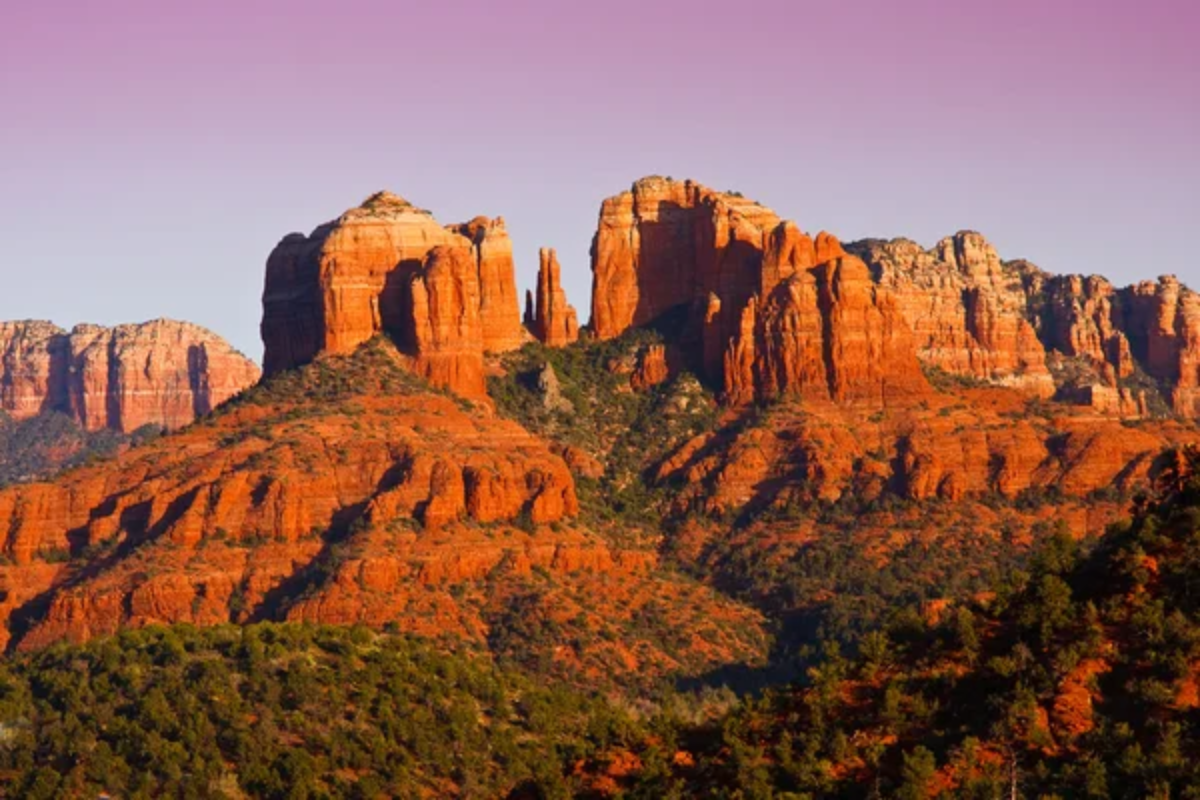
Sedona emerges from the high desert like a vision, with red rock formations creating natural amphitheaters around a community that has mastered the art of desert luxury and spiritual retreat. Oak Creek flows year-round through the heart of town, providing the water source that has sustained human habitation here for over a thousand years.
The town’s numerous spas, art galleries, and upscale restaurants create an oasis of comfort and culture that attracts visitors seeking both desert beauty and refined amenities in equal measure.
Scottsdale
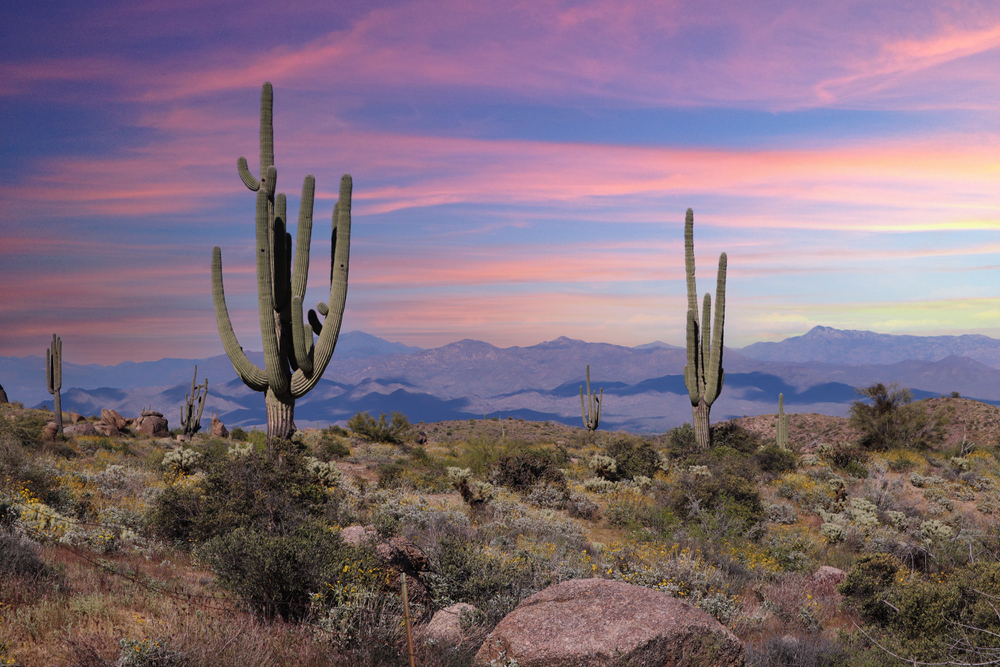
Scottsdale has evolved from a small desert farming community into Arizona’s premier resort destination, where world-class golf courses, luxury spas, and sophisticated dining create an oasis of indulgence in the Sonoran Desert. The town’s careful water management and extensive landscaping demonstrate how modern technology can create lush environments even in arid regions.
Scottsdale’s Old Town district preserves reminders of its ranching heritage, while the surrounding desert provides hiking trails and natural areas that showcase the beauty of undisturbed Sonoran landscape.
Like Travel Pug’s content? Follow us on MSN.
Tubac
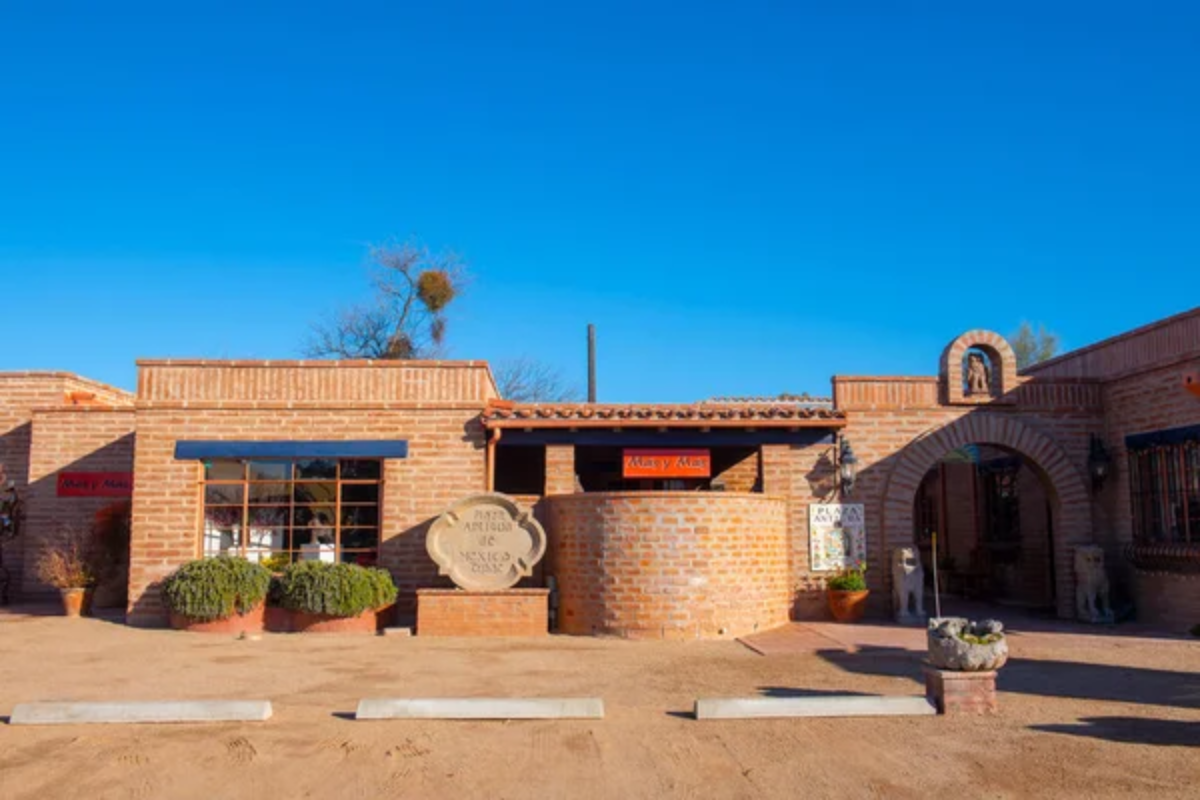
Tubac represents one of Arizona’s oldest European settlements, where Spanish colonists established a presidio in 1752 around reliable water sources that continue to support this artistic community today. The Santa Cruz River valley provides the agricultural foundation that allowed this settlement to survive centuries of conflict and change.
Modern Tubac has reimagined itself as an arts destination where galleries and studios occupy historic buildings while maintaining the peaceful atmosphere that makes this desert oasis feel like a retreat from contemporary pressures.
Wickenburg
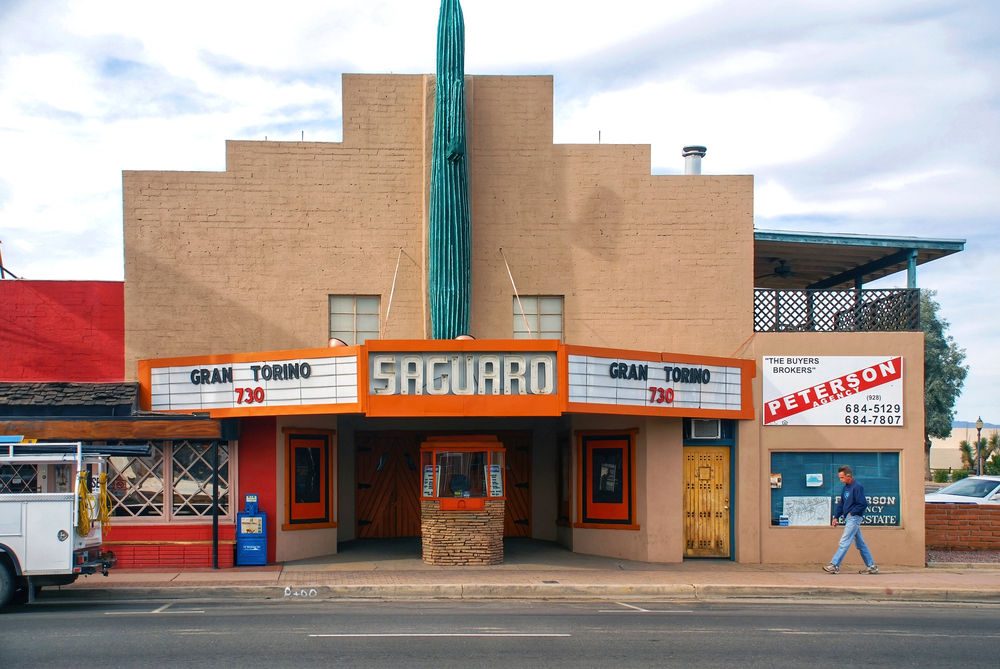
Wickenburg combines authentic Old West atmosphere with modern amenities, creating a desert oasis where dude ranches and guest resorts provide comfortable bases for exploring the Sonoran Desert’s wonders. The Hassayampa River flows underground through most of the year but surfaces near town, creating riparian habitat that supports cottonwoods and wildlife in sharp contrast to the surrounding desert.
The town’s preserved downtown and numerous museums tell stories of mining, ranching, and Native American heritage while luxury resorts offer contemporary comfort in historic Western settings.
Fountain Hills
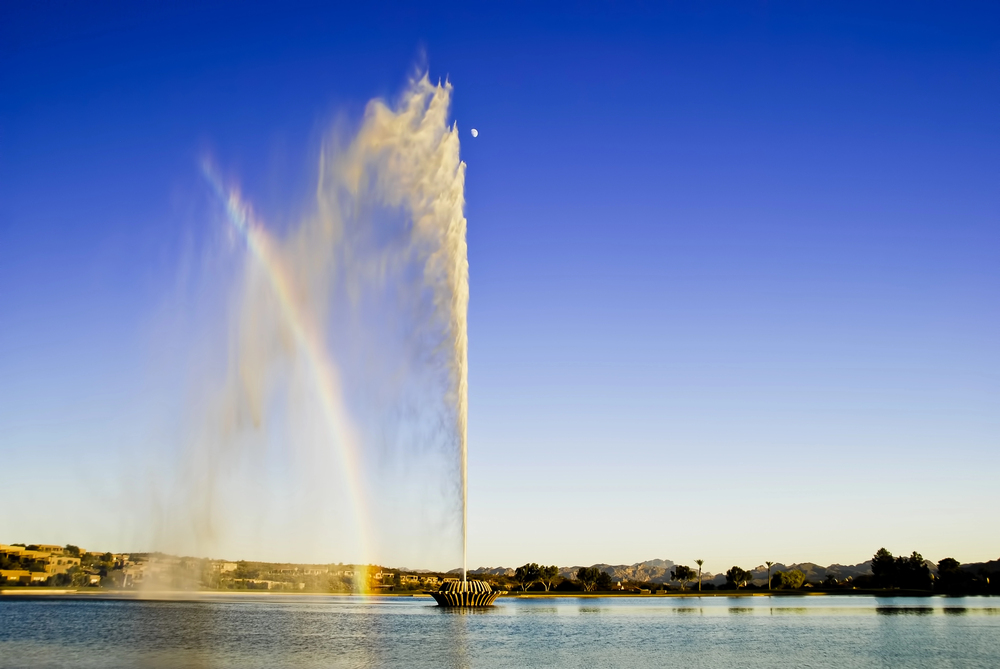
Fountain Hills takes its name from the spectacular fountain that shoots water 560 feet into the desert air, creating a literal oasis effect that can be seen for miles across the Sonoran landscape. This planned community demonstrates how thoughtful development can create comfortable desert living while preserving natural washes and desert vegetation.
The town’s numerous parks, golf courses, and hiking trails provide recreation opportunities, while the dramatic fountain serves as both a landmark and a symbol of human ability to create beauty in arid environments.
Like Travel Pug’s content? Follow us on MSN.
Carefree
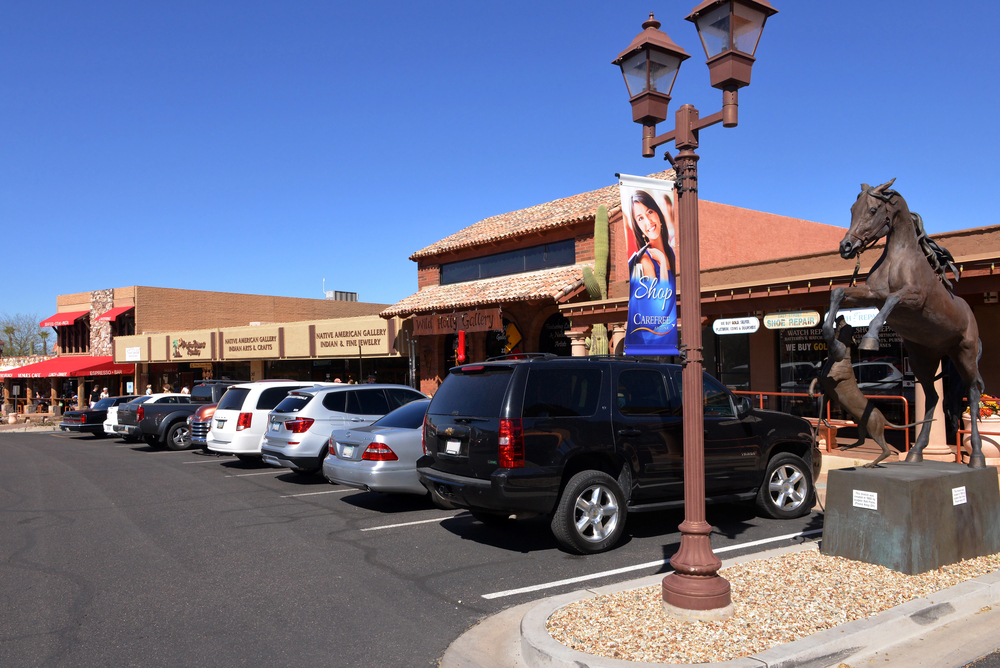
Carefree lives up to its name as a resort community designed around the concept of relaxed desert living. Spanish colonial architecture blends with Southwestern design to create a harmonious oasis atmosphere. The town’s location at the base of Black Mountain provides dramatic desert scenery, while careful landscaping creates pockets of green that offer relief from the surrounding arid landscape.
Carefree’s resorts, spas, and golf courses demonstrate how luxury amenities can be integrated into desert environments without overwhelming the natural setting.
Paradise Valley
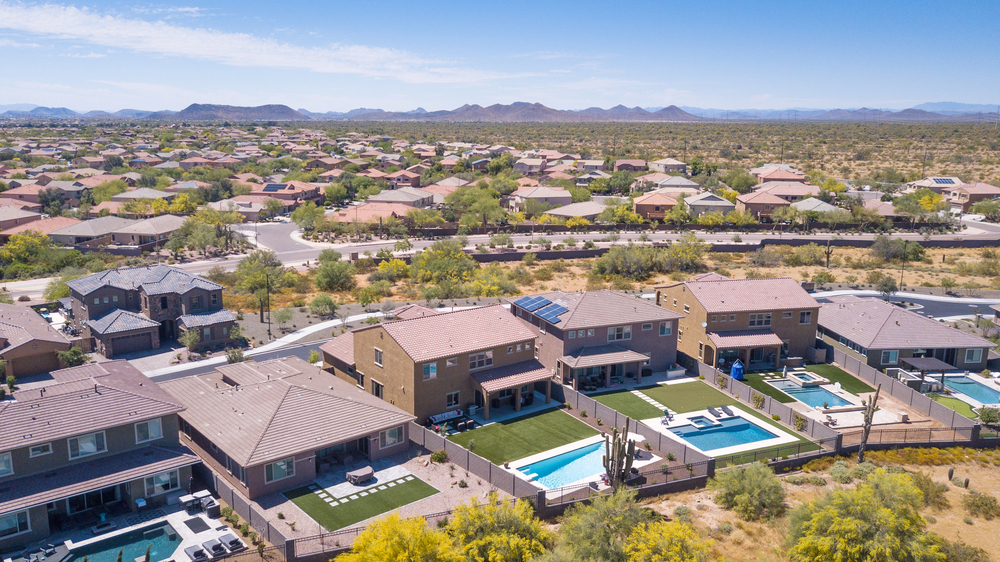
Paradise Valley maintains its reputation as one of Arizona’s most exclusive desert communities. Luxury homes and resorts are carefully integrated into the natural desert landscape to preserve the area’s oasis-like character. The town’s strict development standards ensure that buildings complement rather than dominate the Sonoran Desert setting while providing all the amenities expected in a world-class destination.
Paradise Valley’s spas and resorts have perfected the art of creating relaxing environments that celebrate rather than ignore their desert surroundings.
Bisbee
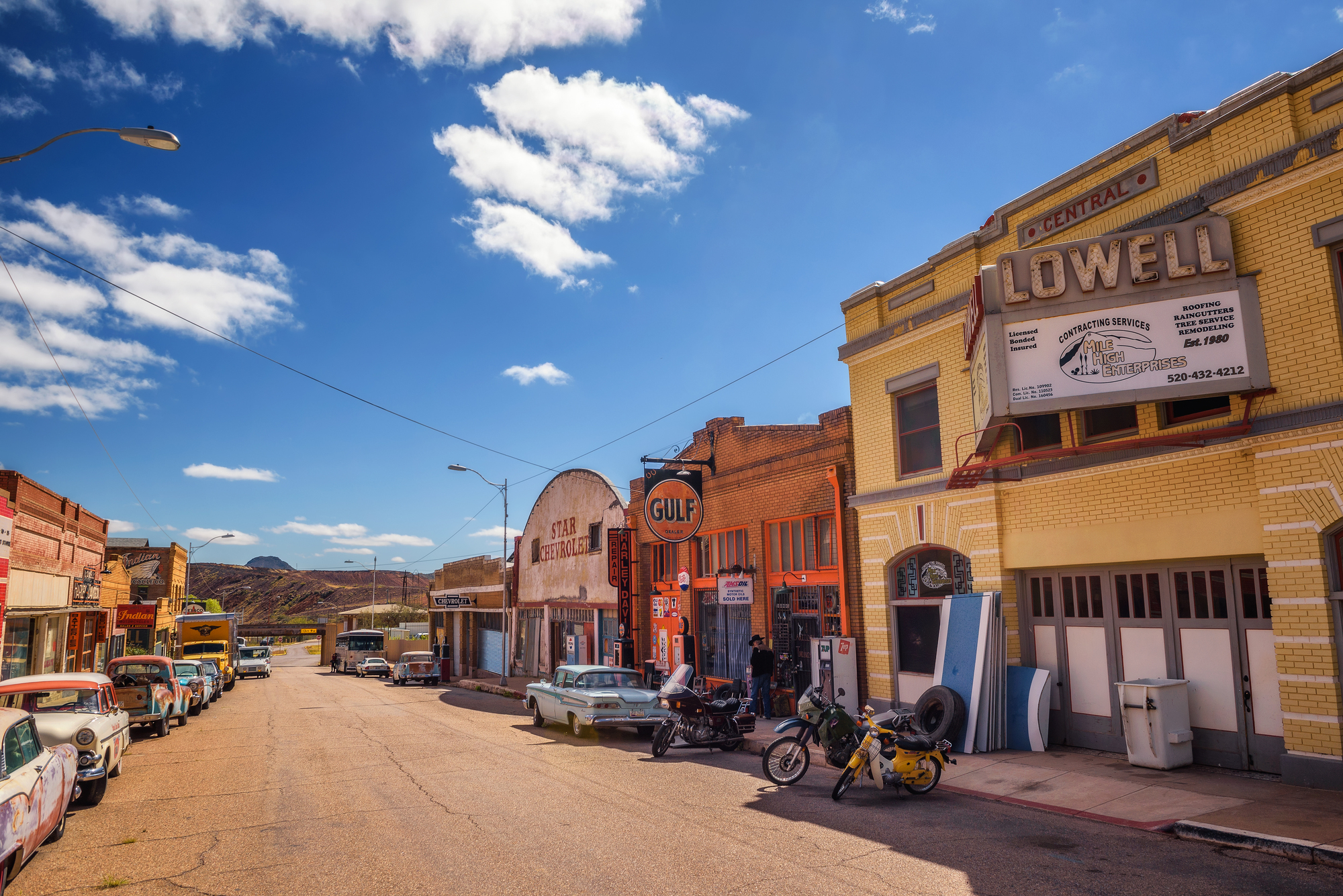
Bisbee clings to mountainsides in southeastern Arizona, where copper mining created a cosmopolitan community that feels more like a European hill town than a typical desert settlement. The town’s elevation and canyon location create a microclimate that supports different vegetation than the surrounding desert, while historic mining infrastructure provides abundant water from deep wells.
Bisbee’s artistic community, Victorian architecture, and quirky local culture create an oasis of creativity and history that attracts visitors seeking authentic desert experiences.
Like Travel Pug’s content? Follow us on MSN.
Jerome
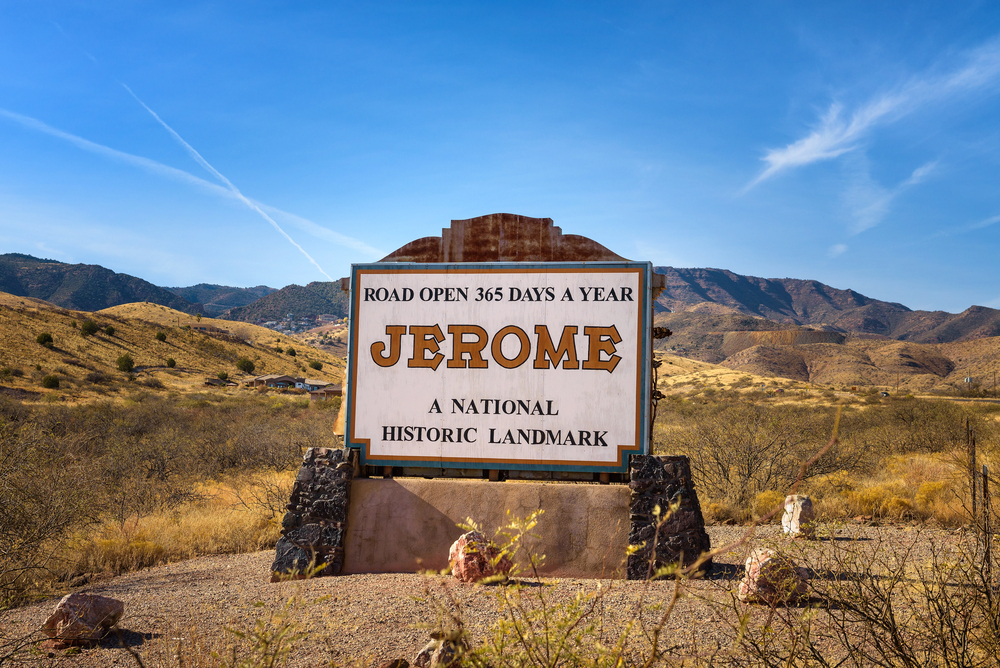
Jerome perches dramatically on Cleopatra Hill above the Verde Valley, where copper mining created a town that rises in terraces from the desert floor to the mountain peak. The town’s elevation provides cooler temperatures and different vegetation than the surrounding desert, while abundant groundwater supports the lush gardens that many residents maintain.
Jerome’s transformation from ghost town to thriving arts community demonstrates how desert mining towns can reinvent themselves while preserving their historic character and spectacular settings.
Tombstone

Tombstone preserves its reputation as ‘The Town Too Tough to Die’ while serving as an oasis for Old West enthusiasts and history buffs exploring southeastern Arizona’s desert landscape. The town’s artesian wells provided a reliable water source that allowed it to flourish during the silver mining boom and continue to support the community today.
Tombstone’s preserved historic district, daily gunfight reenactments, and numerous museums create an immersive Old West experience while modern amenities provide comfort for contemporary travelers.
Globe
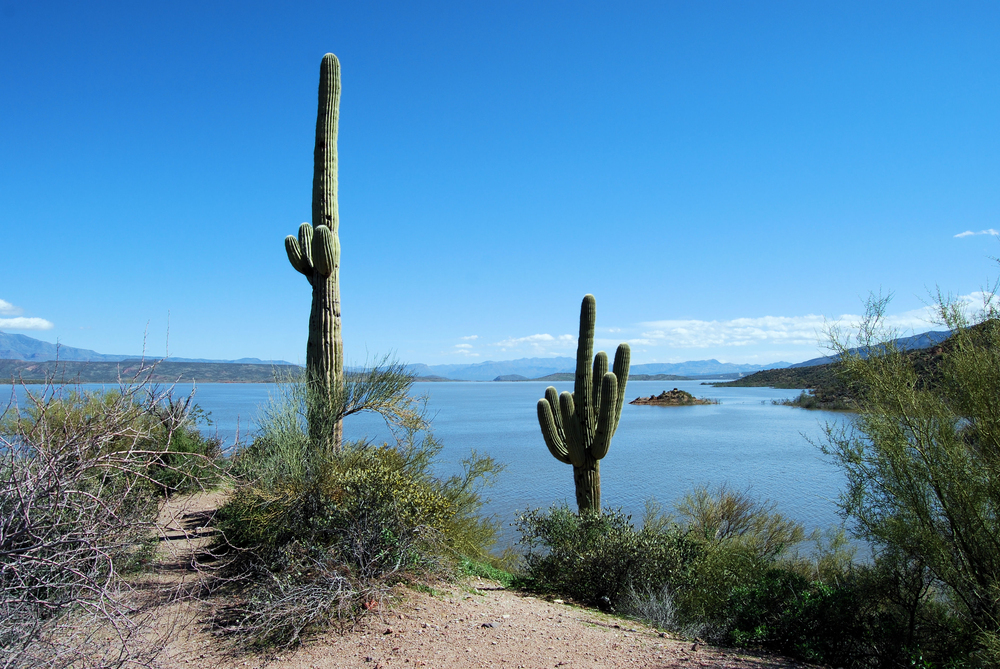
Globe sits in a natural basin where the Pinal Mountains meet the Sonoran Desert, creating a setting where reliable water sources have supported human habitation for thousands of years. The town’s mining heritage is preserved in its historic downtown, while the surrounding mountains provide hiking opportunities and cooler temperatures that offer relief from desert heat.
Globe’s authentic small-town atmosphere and proximity to natural attractions like the Salt River Canyon make it an appealing oasis for travelers seeking genuine Arizona experiences.
Like Travel Pug’s content? Follow us on MSN.
Willcox
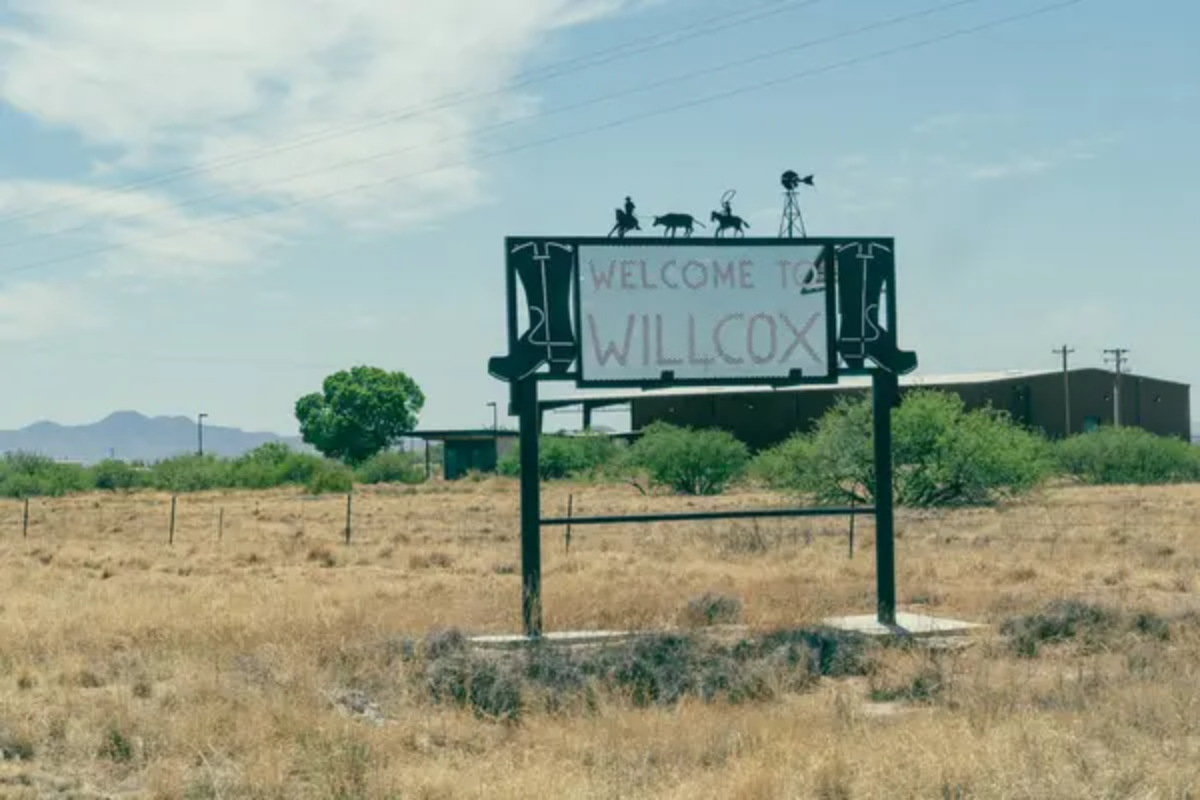
Willcox sits in the Sulphur Springs Valley, where grasslands meet desert, creating an agricultural oasis that supplies much of Arizona’s wine country with grapes grown in high desert conditions. The town’s elevation and valley location provide a different climate than lower desert areas, while underground water sources support both agriculture and wildlife habitat.
Willcox’s role as a center for astronomy, wine production, and western heritage creates a unique combination of attractions that make it an interesting desert oasis destination.
Ajo
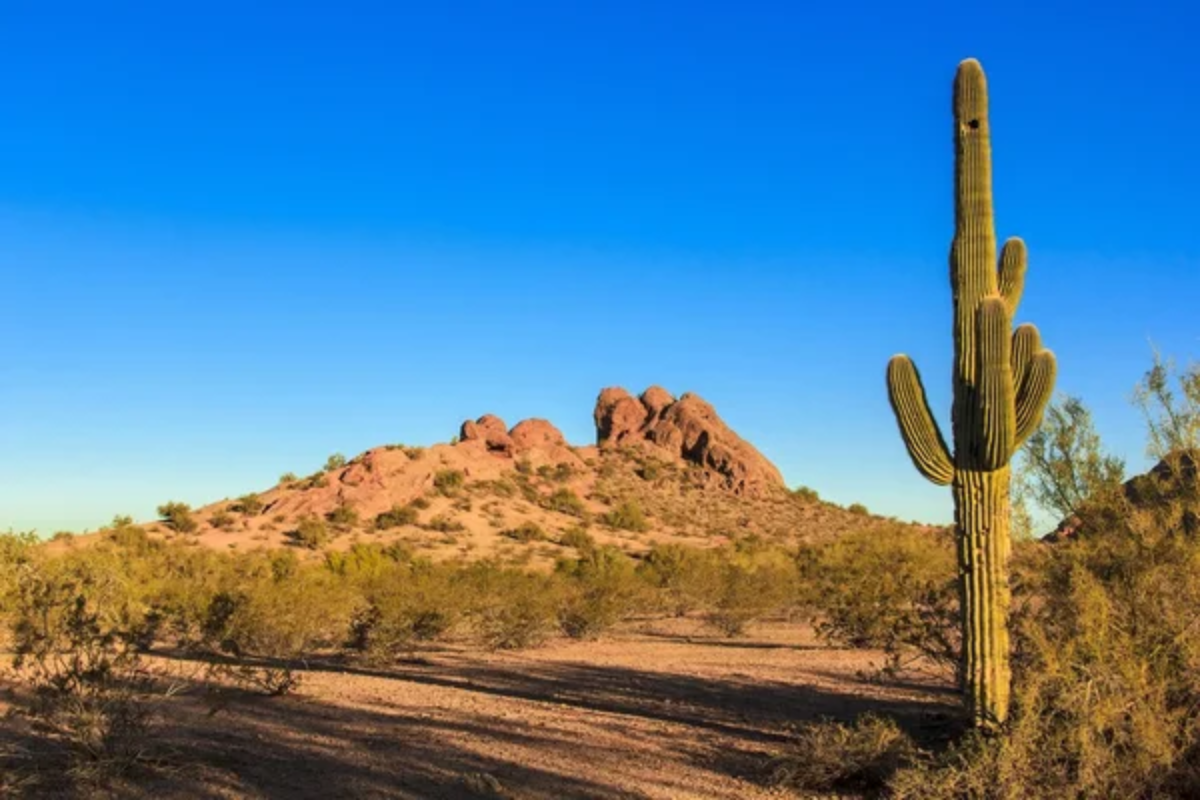
Ajo represents a classic example of a company town that has successfully transitioned from copper mining to become a quiet desert oasis where retirees and artists appreciate the authentic Sonoran Desert setting. The town’s Spanish colonial plaza and carefully planned layout create an attractive community center, while the surrounding Organ Pipe Cactus National Monument provides access to pristine desert landscapes.
Ajo’s small size and relative isolation create an intimate oasis atmosphere where visitors can experience desert life without crowds or commercialization.
Why
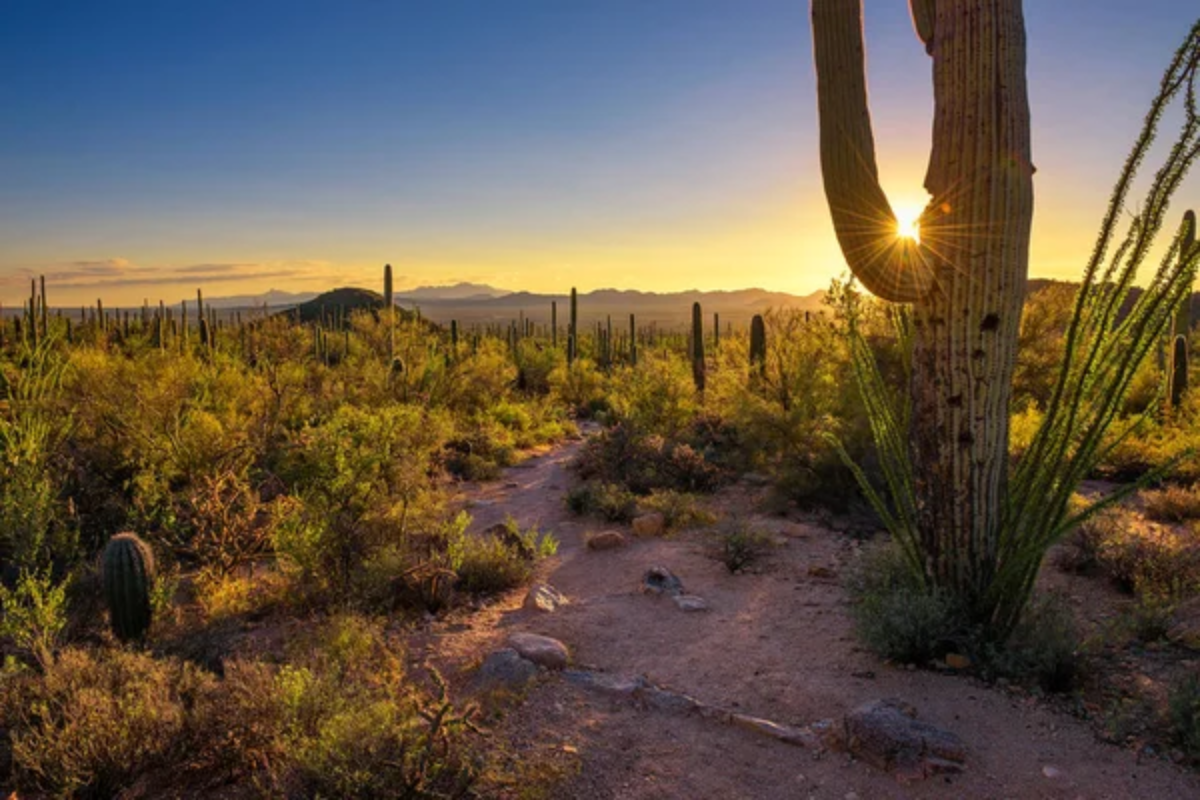
It earns its unusual name from its location at the Y-intersection of two highways. It creates a tiny desert oasis where travelers have stopped for generations to rest and resupply before continuing across the vast Sonoran Desert. This small community provides essential services for desert travelers while maintaining the authentic character of a remote desert settlement.
Why’s location near Organ Pipe Cactus National Monument makes it a convenient base for exploring some of Arizona’s most pristine desert landscapes.
Like Travel Pug’s content? Follow us on MSN.
Yuma
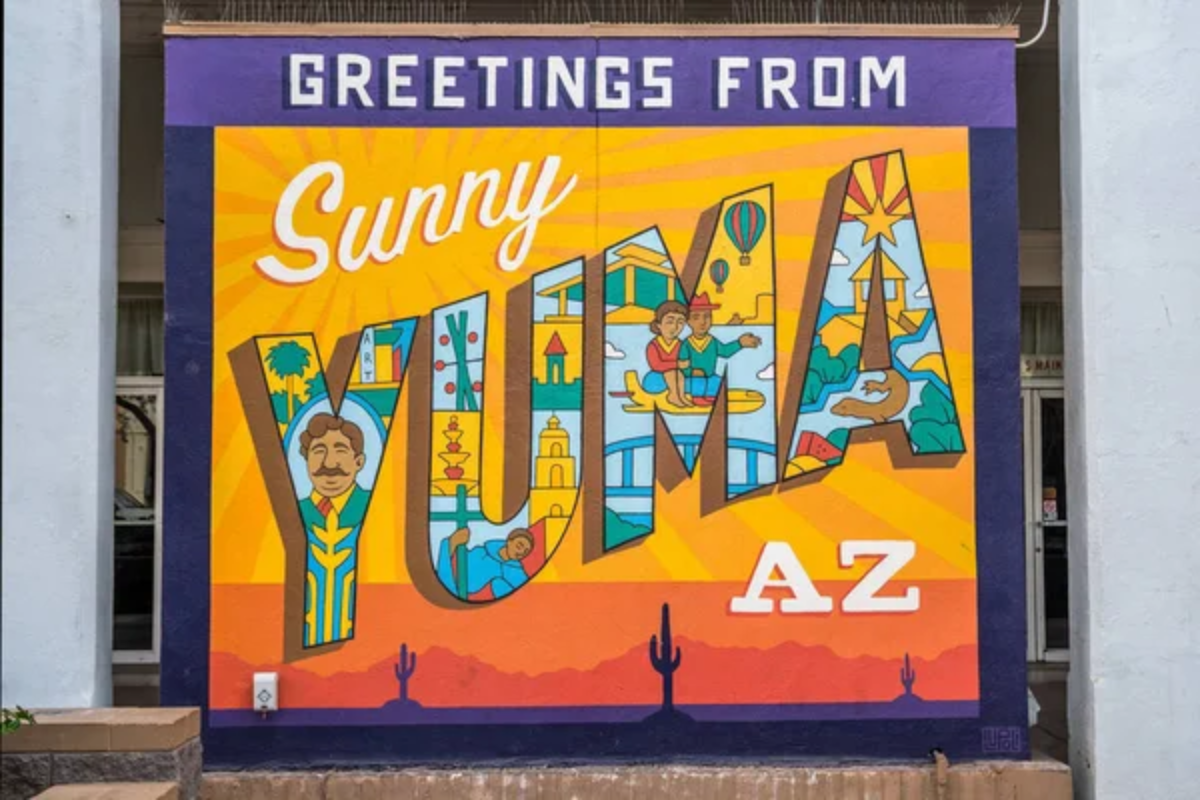
Yuma sits at the confluence of the Colorado and Gila Rivers, where reliable water sources have supported one of Arizona’s most important communities since prehistoric times. The town’s historic role as a river crossing point and territorial prison site is preserved in numerous museums, while modern agriculture and military installations provide economic stability.
Yuma’s desert climate, historic attractions, and proximity to California make it an important oasis for both residents and travelers exploring the Lower Colorado River region.
Gila Bend
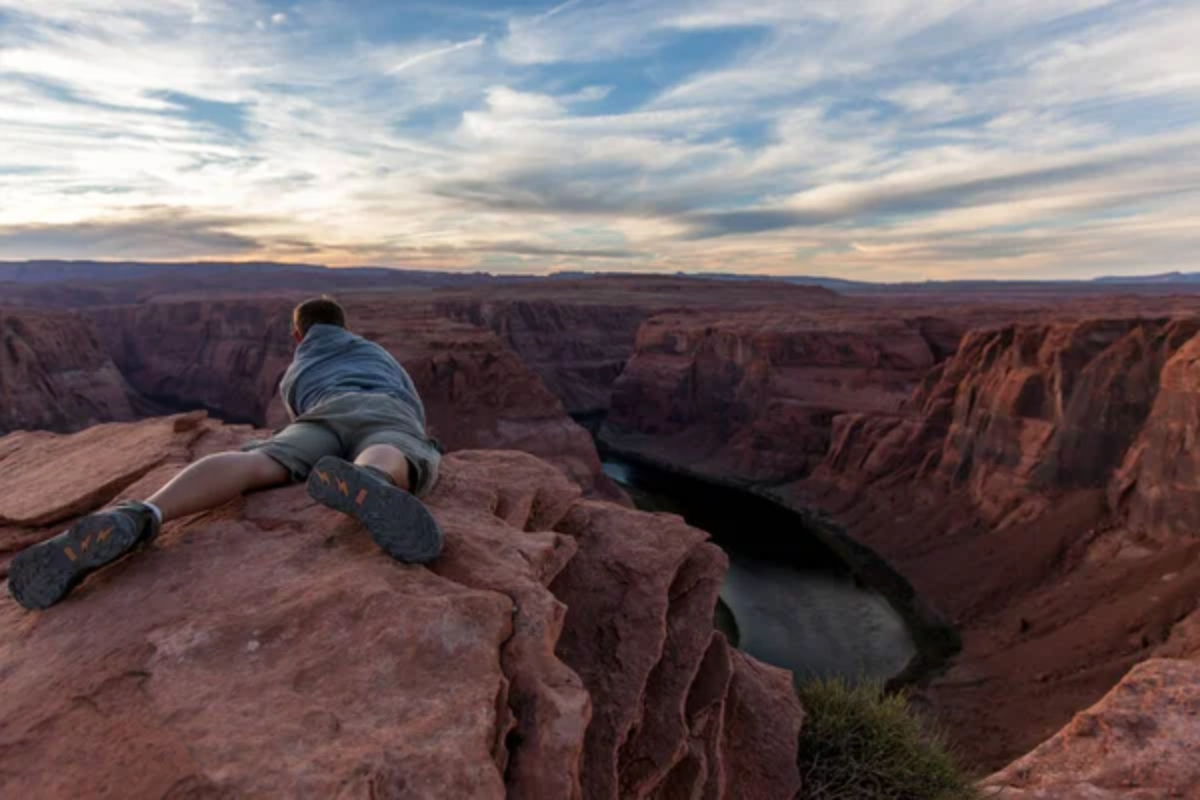
Gila Bend takes its name from the great bend in the Gila River, where this small community has served as an important stopping point for desert travelers since prehistoric trade routes connected Mexico with communities to the north. The town’s location halfway between Phoenix and the Mexican border makes it a natural rest stop.
At the same time, nearby petroglyphs and historic sites provide glimpses into thousands of years of human habitation. Gila Bend’s authentic small-town atmosphere and convenient location create a genuine desert oasis experience.
Quartzsite
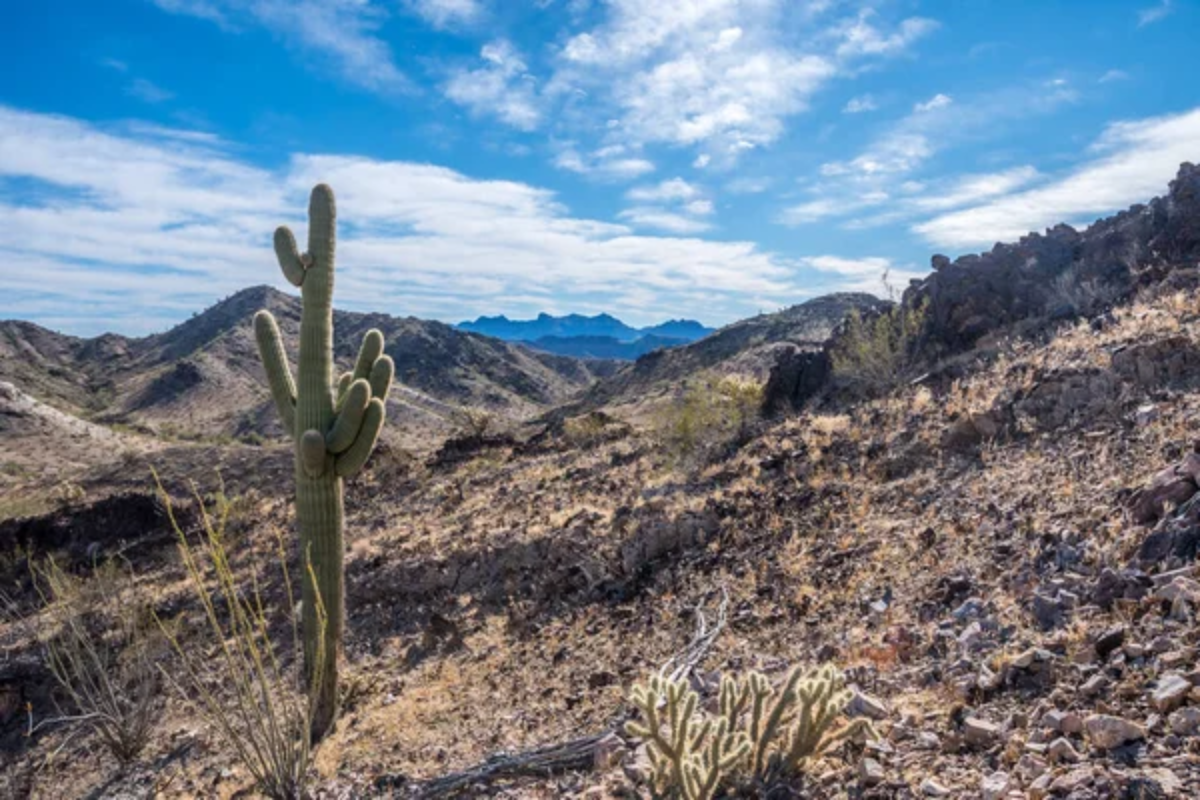
Quartzsite transforms from a quiet desert community into a bustling temporary city each winter when hundreds of thousands of RV travelers converge for gem and mineral shows that turn the town into a unique seasonal oasis. The town’s location along Interstate 10 and its tolerance for boondocking creates an unconventional but authentic desert community experience.
Quartzsite’s winter transformation demonstrates how desert communities can adapt to seasonal tourism while maintaining their essential character as genuine desert settlements.
Like Travel Pug’s content? Follow us on MSN.
Sonoita
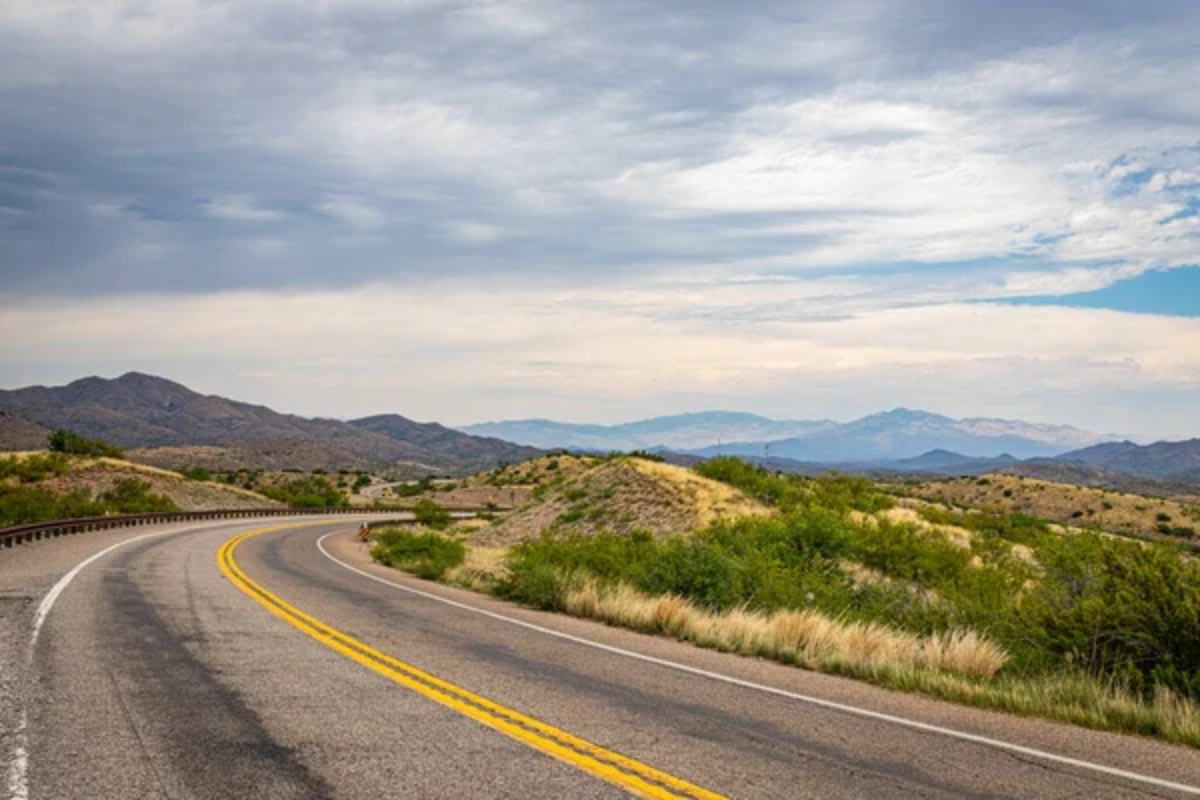
Sonoita sits in high desert grasslands where elevation creates a climate suitable for wine production, making this small community the center of Arizona’s emerging wine industry. The town’s location in the Santa Rita Mountains provides cooler temperatures and different vegetation than lower desert areas, while underground water supports both vineyards and wildlife habitat.
Sonoita’s wine country atmosphere, surrounded by working ranches and dramatic mountain scenery, creates a sophisticated desert oasis experience.
Patagonia
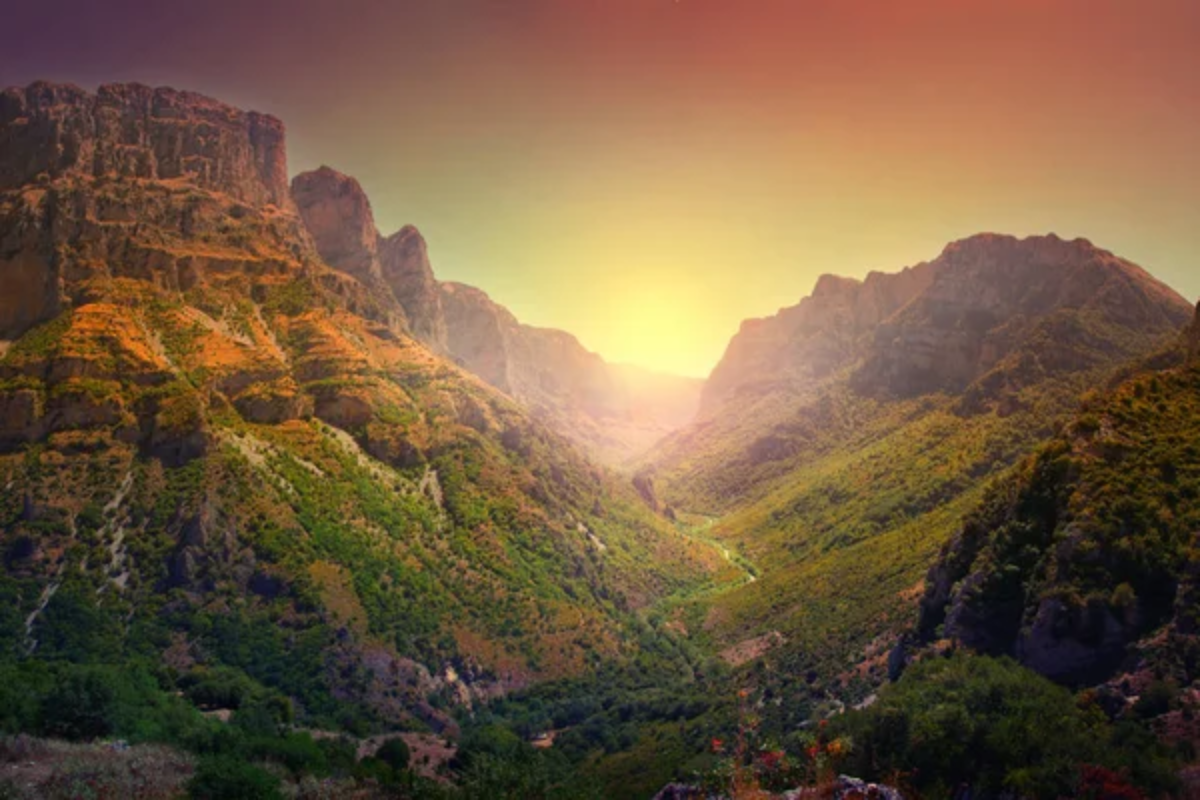
Patagonia nestles in the Patagonia Mountains, where Sonoita Creek creates a riparian habitat that supports an oasis of green in the high desert landscape of southeastern Arizona. The town’s location near the Mexican border and its reputation as a birding destination attract visitors seeking an authentic small-town atmosphere combined with exceptional natural beauty.
Patagonia’s artistic community, historic buildings, and access to wilderness areas create an oasis that appeals to those seeking both culture and outdoor recreation.
Arivaca

Arivaca sits in a valley near the Mexican border where natural springs have supported human habitation for thousands of years, creating a small desert community that maintains an authentic frontier atmosphere. The town’s remote location and small population preserve a sense of isolation and self-reliance that characterized earlier desert settlements.
Arivaca’s proximity to wilderness areas and its reputation as an artists’ haven have created an oasis experience for those seeking solitude and creative inspiration in the desert landscape.
Like Travel Pug’s content? Follow us on MSN.
Desert Sanctuaries of the Southwest
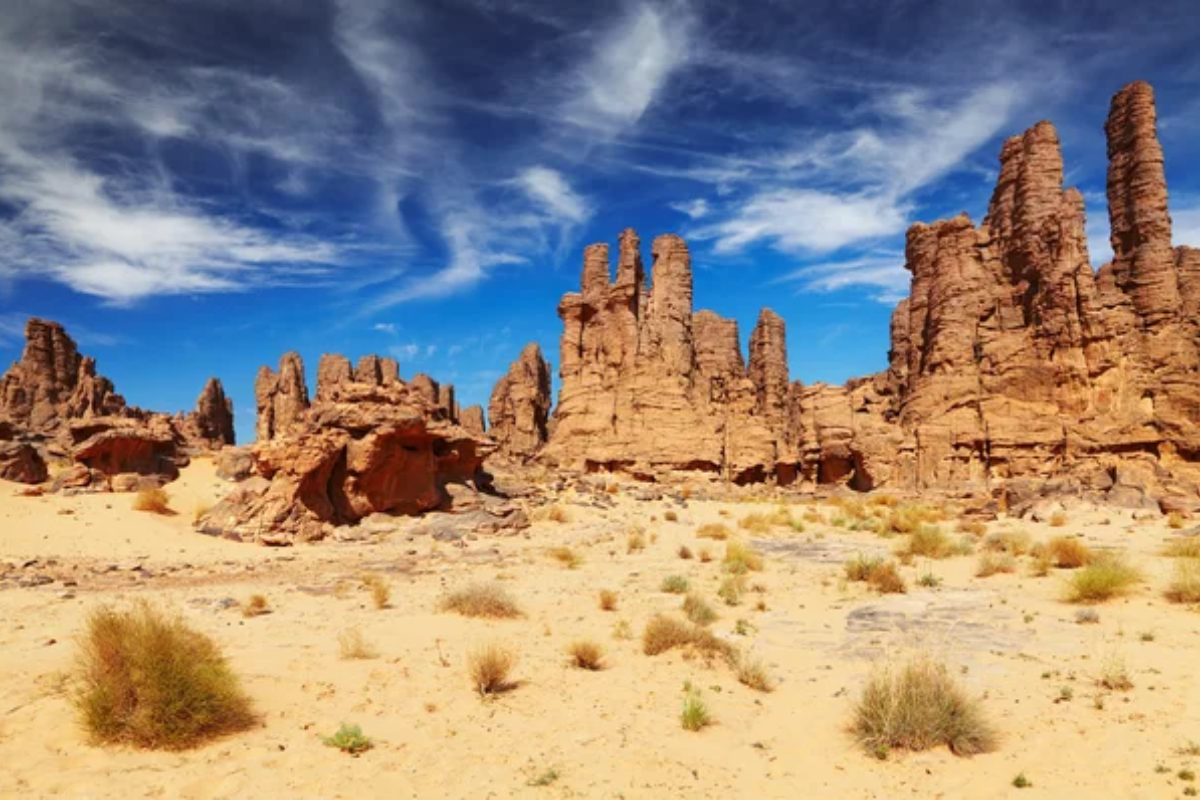
These remarkable desert oasis towns demonstrate how human communities can not only survive but thrive in environments that initially appear inhospitable. They create pockets of comfort, culture, and refreshment scattered across Arizona’s vast desert landscapes. Each community represents a different approach to desert living, from luxury resort destinations that use technology to create lush environments to authentic small towns that work with natural water sources and climate patterns.
The diversity of these oasis communities reflects the ingenuity and adaptability that characterize the American Southwest, where Native American knowledge, Spanish colonial experience, and modern innovation have combined to create settlements that serve as welcome refuges for both residents and travelers. Whether seeking luxury amenities or authentic frontier experiences, these desert oasis towns provide essential rest and refreshment while offering insights into the remarkable variety of ways people have learned to call the Sonoran Desert home.
More from Travel Pug

- 20 Best Beach Towns in the Carolinas
- 13 Destinations Where Tourists Regularly Regret Their Trip
- 20 Destinations That Are More Magical Without an Itinerary
- 20 Underrated Adventures That Belong on Your Travel List
- 20 Cities Where You Should Just Wing It, No Planning Required
Like Travel Pug’s content? Follow us on MSN.
